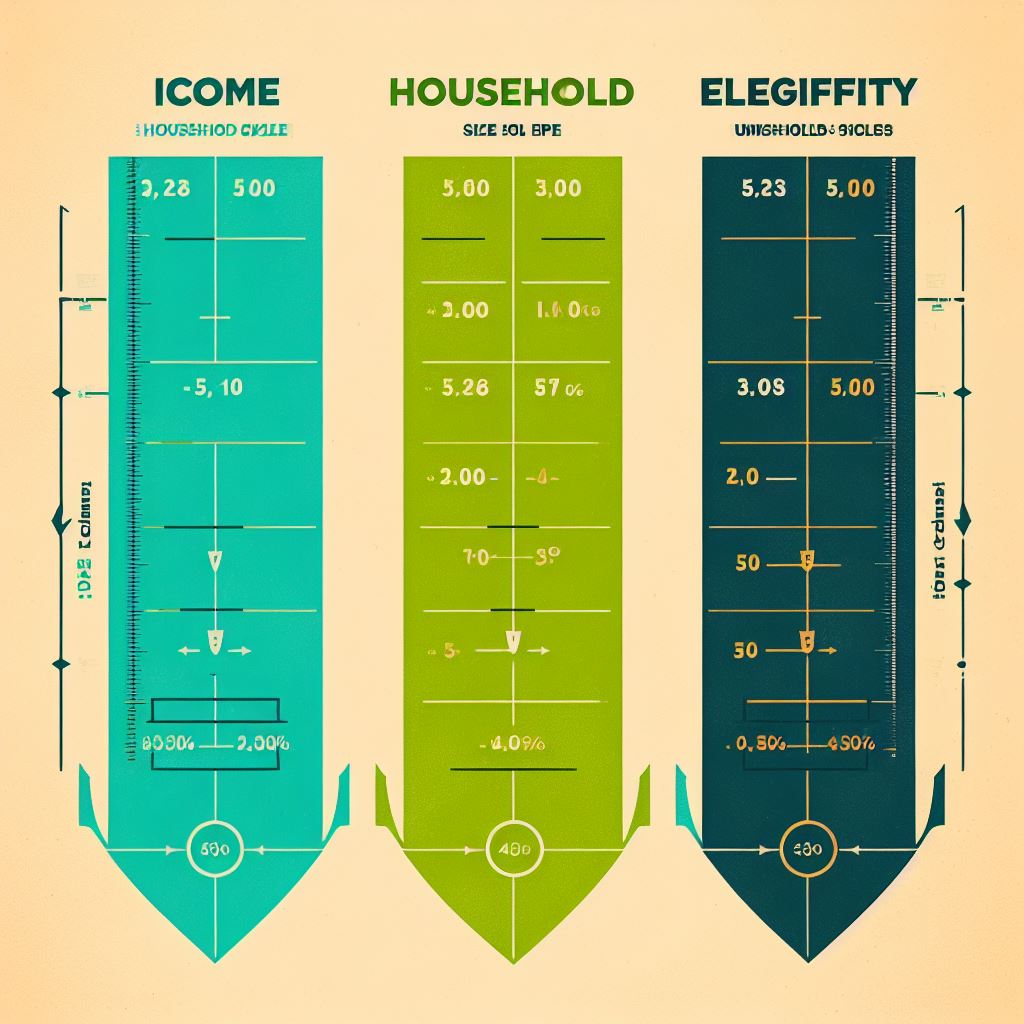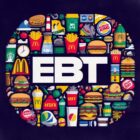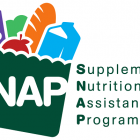SNAP Income Guidelines – Three Tests Determining Eligibility

Most individuals and families meeting the income guidelines for Supplemental Nutrition Assistance Program become eligible. Formerly known as the Food Stamp Program, SNAP’s benefit to a family is typically determined by that family’s expenses and income.
This article provides a summary to SNAP benefits and eligibility. You should note that the calculations in this article are for the 2023 federal fiscal year, which starts in October 2022.
What Is SNAP?
SNAP, or the Supplemental Nutrition Assistance Program, is a government program that assists families and individuals in purchasing the food they require to lead healthy lives.
All over the United States, around 9 million families utilize SNAP to purchase food. In terms of participants, it is the biggest program to combat hunger in the United States.
Families can use SNAP to help stretch their budgets. With this program, money that typically goes to food can be put towards other expenses such as rent, utilities, and medical bills.
SNAP is typically referred to as EBT or food stamps. Other places also give a trademark name to SNAP, such as CalFresh or Link. Nevertheless, all of these names are for the same program—SNAP.
How Does SNAP Work?
Individuals enrolled in SNAP food assistance are given a benefits card that enables them to access their monthly funds. These funds can be used to purchase groceries at a farmer’s market or local store. The amount they receive in their benefits or EBT card depends on their family size and income.
Just about anyone can apply for SNAP, be it individuals with disabilities, seniors, families, active military personnel, veterans, or employed or unemployed individuals.
So long as the eligibility requirements are met, anyone can apply for SNAP. In terms of eligibility, every state has its own eligibility rules. A few of these requirements can include the following:
- At least one individual in the applying household is a US Citizen or has an eligible immigration status.
- The household’s assets or resources—bank accounts and savings—should have a value less than a particular amount.
- The household’s income should be below a particular threshold or income limit
The most effective way to check eligibility is to check with your local food bank or SNAP office. Checking eligibility is risk-free.
How to Apply for SNAP
Applying for SNAP food benefits can be done via phone, mail, or online. Since every state has its own application process and form, it is always best to connect with a local SNAP office or application counselor for details.
It can take almost a month for your application to be processed by your local SNAP office. During the application review process, you might be requested for an interview.
SNAP Income Guidelines Eligibility
For a household to become eligible under federal rules, its net income must meet three tests.
Three Month Time Limit
Certain groups of people are not eligible for the Supplemental Nutrition Assistance Program, irrespective of their assets or income. These can be individuals that are on strike, without a documented immigration status, certain lawfully present immigrants, and full-time college-attending students.
Furthermore, unemployed adults between 18 to 49 years without dependents in the home or with disabilities are limited to just three months of SNAP benefits every three years.
This is the general guideline in most parts of the country, and each state is permitted authority to extend the work requirements to other ineligible categories.
As stated earlier, most adults without dependents must meet certain requirements to maintain their SNAP eligibility.
For example, individuals between 18 and 49 can get three months of SNAP benefits every three years, so long as they aren’t working or in a training program that lasts more than 20 hours a week.
Certain individuals, such as households with children, pregnant women, and individuals termed mentally or physically unfit for work, can be exempt from this requirement.
Due to the COVID-19 pandemic, the three-month time limit was suspended by Congress for a certain time. Additionally, other states with mandatory job or training requirements suspended said requirements.
The three-month time limit law enables states to suspend the program in areas with sustained and high unemployment rates.
Discover how to get free government phones here.
Net Income
Household income or net income refers to income after the deductions are applied. The resulting income should be at or below the federal poverty level.
The household’s assets must fall below certain limits. For example, households without a family member 60 years or older or an individual with a disability must have assets worth at most $2,750. Households with the aforementioned members must have assets worth at most $4,250.
Under SNAP income guidelines, cash income can include unearned income—Social Security, child support, unemployment insurance, and cash assistance—and earned income—from all sources before the deduction of payroll taxes–.
Regarding what qualifies as an asset under the SNAP income guidelines, resources available to purchase foods are termed assets. These resources can be money in the bank or other easily accessible funds.
Other items such as personal property, retirement savings, or the household’s homes do not count as assets. Furthermore, most vehicles are not termed assets; however, each state can lower the asset limits as they see fit.
Gross Monthly Income
The SNAP income guidelines for this test are applied to the household’s income before any program deductions are calculated. As a general rule of thumb, a household’s income should be below 130% of the poverty line.
For the 2023 federal fiscal year SNAP income guidelines, the federal poverty level for a family of three is $1,920 monthly.
This means that 130% of the poverty line for the same household size would be $2,495 a month or $29,940 annually. Note that the poverty line is typically lower for smaller household sizes and higher for larger families.
Changes to SNAP
Since the onset of the COVID-19 pandemic, the US Department of Agriculture and Congress have modified SNAP eligibility benefits. These changes, approved in October 2022, are also highlighted.
Furthermore, the USDA in 2021 revised the TFP, Thrifty Food Plan, which increased SNAP benefit levels starting in October 2021.
Calculating SNAP Benefits
The food assistance program expects households receiving benefits to spend 30% of their net income on food expenses.
The maximum SNAP benefit is provided to households without net income, with said maximum tied to the United States Department of Agriculture’s Thrifty Food Plan.
For households with net income, the SNAP benefit gained each month equals the maximum benefit provided to that household with deductions made for the expected 30% net income contribution.



